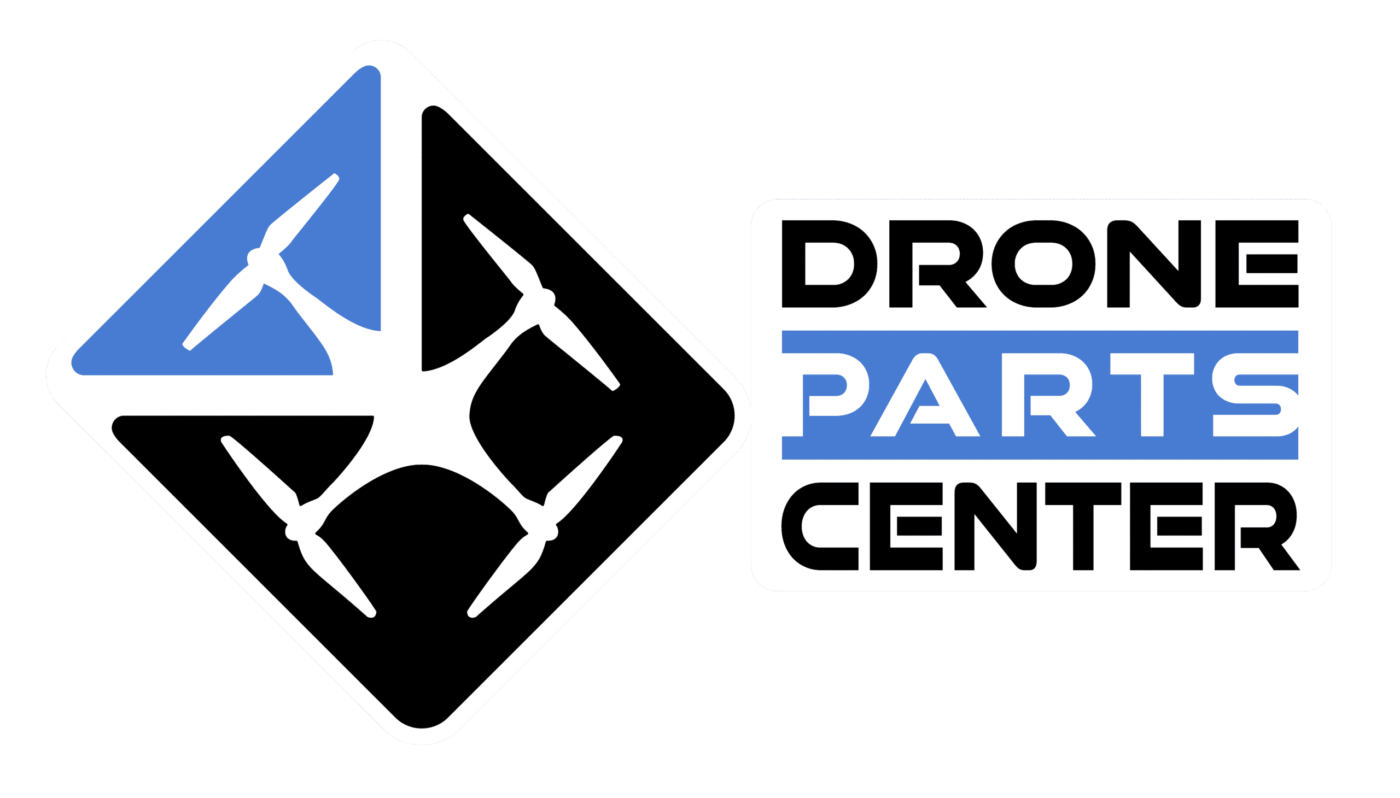News
Flyaway probability for professional drones
Understanding the Probability of Flyaway for Professional Drones: In-depth Analysis
In unmanned aeronautics, flyaways – or losses of control leading to a departure from the planned operational area – are a major concern. This in-depth analysis, based on the white paper “Probability of a UAS Flyaway”, reveals critical data for the industry and offers key recommendations for minimizing the risks.
1. Background and definitions
Flyaways occur when a drone leaves its operational area due to a loss of control. This study focuses on professional operators, who follow rigorous procedures and use expertly maintained drones. Unlike amateur operators, they are trained to handle abnormal situations and apply emergency procedures.
2. Key statistics: Empirical data
Data collected by the Dutch Association of Certified RPAS Operators (DCRO) and DJI show that the probability of a flyaway is well below the regulators’ initial estimates (JARUS SORA 2.5). Here are the key figures:
- Probability of a drone leaving the operational area: 1.75 × 10-⁵ (1.75 per 100,000 flight hours).
- Probability of a complete flyaway: 1.75 × 10-⁶ (1.75 per 1 million flight hours).
These data come from over 5.4 million flight hours for commercial models such as the DJI M30, DJI FlyCart 30 and DJI Matrice 350 RTK.
3. Impact of Regulatory Requirements
The current regulatory framework, notably SORA 2.5, imposes strict containment requirements. However, these requirements can be disproportionate. For example, the addition of a Flight Termination System (FTS) increases costs and the risk of technical failure.
Recommendation: As the risks for professional operators are negligible, DCRO suggests re-evaluating these requirements to avoid unnecessary costs and constraints.
4. Case study: DJI and reliability statistics
DJI, a major player in the industry, has provided comprehensive data on the reliability of its drones. The statistics show an extremely low probability of flyaway for its models, including :
- DJI Matrice 300 RTK: 3.2 × 10-⁵
- DJI FlyCart 30: 0.682 × 10-⁵
- DJI Dock 1 & M30: 1,579 × 10-⁵
5. Data criticisms and limitations
Despite their rigour, the data have certain limitations:
- Potential under-reporting: Operators and manufacturers may minimize incidents.
- Limited sample: The statistics come mainly from DCRO members.
Proposed solution: Harmonize data collection across the EU to ensure a more robust statistical basis.
6. Key recommendations
DCRO recommends several measures:
- Uniform collection of safety statistics: Involve all national authorities and make collection compulsory.
- Harmonized incident definition: Include crashes, flyaways and other types of incidents.
- Revision of containment requirements: Adapting requirements to the reality of professional operators.
7. Conclusion: Towards a Safer Industry
The data presented in this white paper show that the probability of a flyaway is much lower than expected. This underlines the importance of reviewing current regulations to adapt them to operational realities.
By implementing DCRO’s recommendations, the drone industry could not only reduce costs, but also improve safety for all involved.

